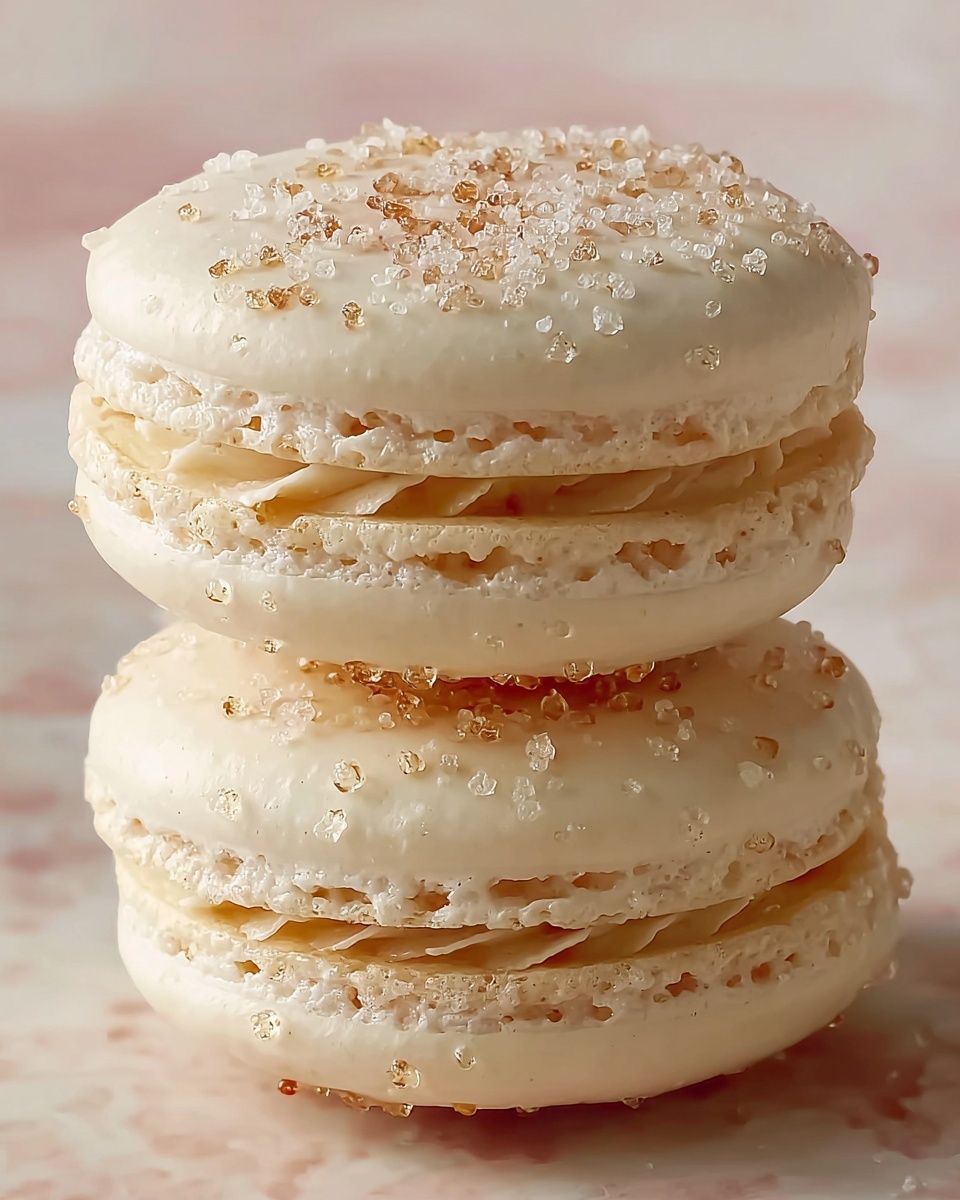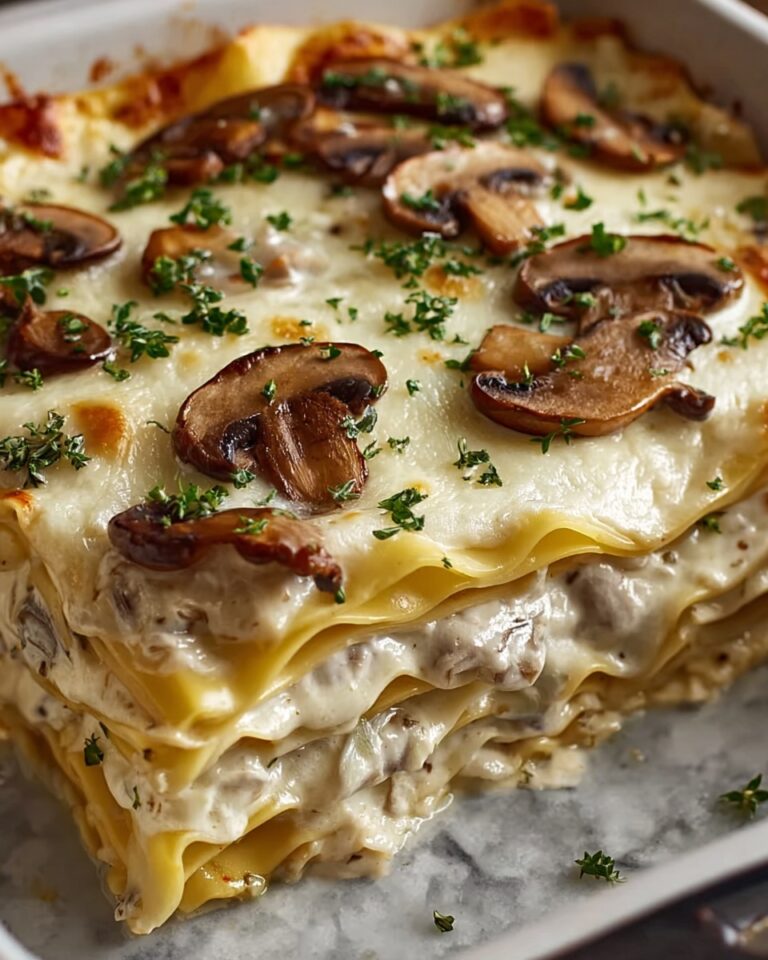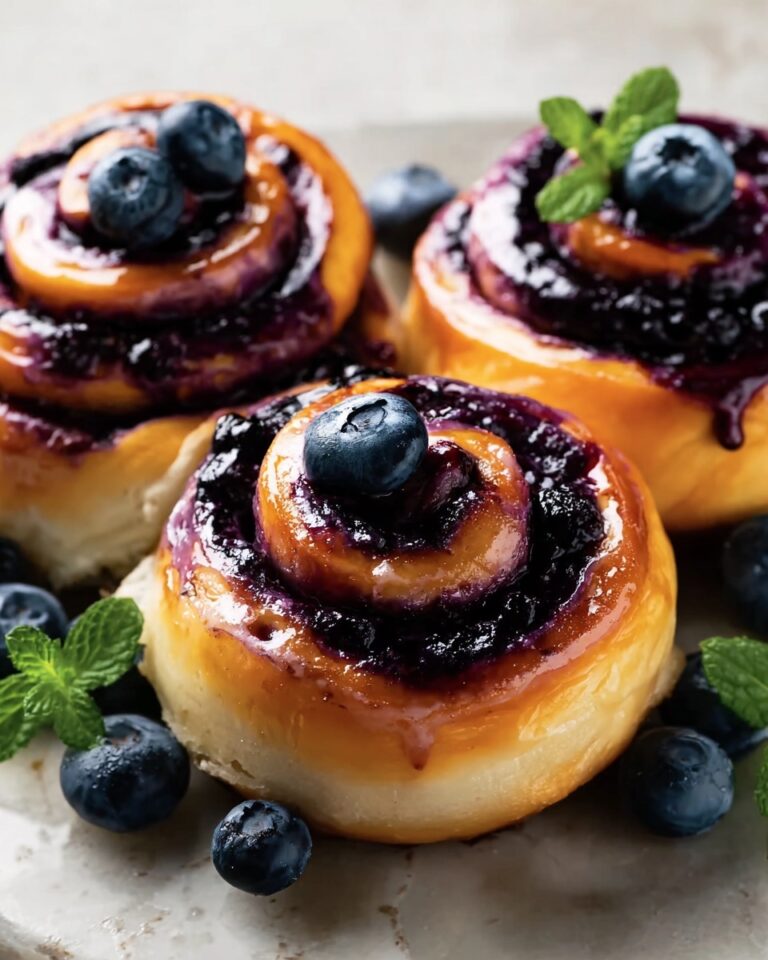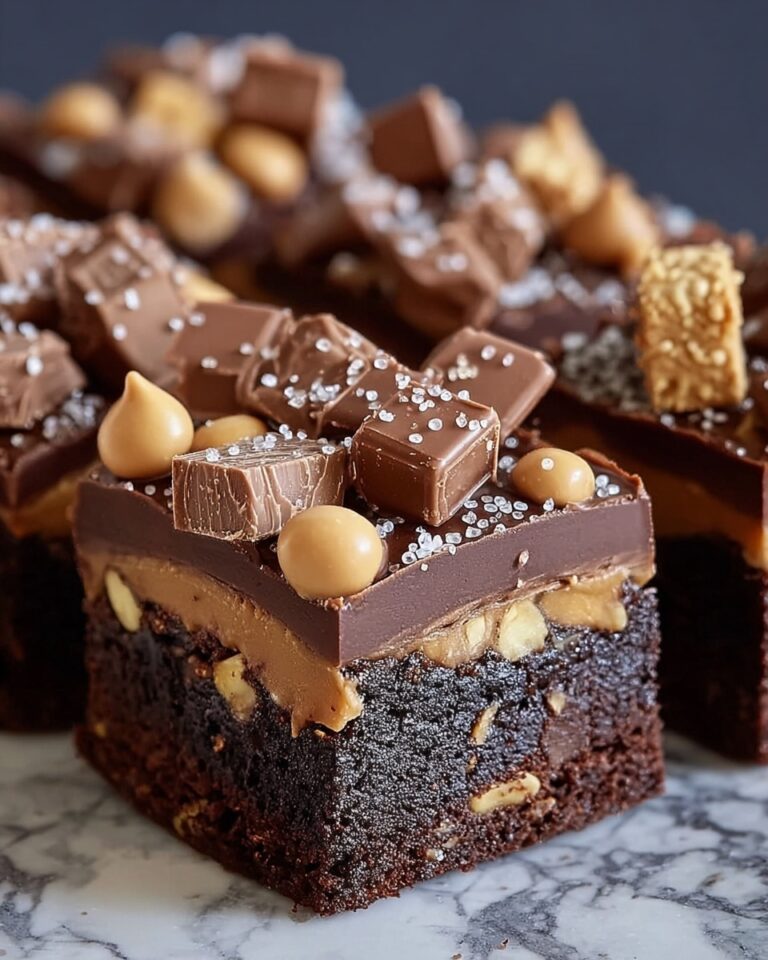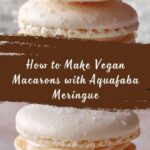If you have a fondness for delicate, melt-in-your-mouth treats but follow a plant-based lifestyle, you are absolutely going to love this Vegan Macarons Recipe. These charming little delights capture all the magic of classic macarons with a beautiful, egg-free twist. Using aquafaba, the versatile liquid from chickpeas, we create light, airy shells that pair perfectly with a creamy vegan filling. It’s a wonderful project that results in a batch of colorful, delicious macarons that will impress friends, family, or simply satisfy your own sweet tooth with elegance and care.

Ingredients You’ll Need
These ingredients might seem simple, but each one plays a crucial role in crafting those perfect Vegan Macarons Recipe shells and fillings. From the aquafaba’s ability to mimic egg whites to the finely ground almonds providing texture, every component works harmoniously.
- Aquafaba (liquid from 2 x 400g cans of chickpeas): This magical legume water whips up just like egg whites for those signature meringue shells.
- Cream of tartar (¼ teaspoon): Adds stability to the aquafaba foam, helping it hold stiff peaks for the macarons.
- Caster sugar (100g): Ensures sweetness and helps create a glossy, stable meringue texture.
- Ground almonds (100g): Provides the nutty flavor and structure essential to macaron shells.
- Icing sugar (100g + 250g): Adds sweetness and helps keep the shells smooth and delicate.
- Vegan margarine (75g): The creamy base for a luscious filling that complements the shells perfectly.
- Vanilla extract (1 teaspoon): Gives a warm, inviting aroma and depth of flavor.
- Plant-based milk (a splash): Used to adjust the filling consistency to just the right creaminess.
How to Make Vegan Macarons Recipe
Step 1: Prepare the Aquafaba
Start by pouring the chickpeas’ liquid into a saucepan and simmering over medium heat to reduce it by half. This concentrates the proteins and sugars essential for whipping. Once reduced to approximately 125g, let it cool completely, then refrigerate overnight; this step is key for achieving that perfect macaron texture.
Step 2: Preheat and Whip
Preheat your oven to 150°C (300°F), or 130°C (275°F) if you have a fan oven. Next, take 100g of the chilled aquafaba and place it in a spotlessly clean bowl. Add the cream of tartar and whip on high until pale and frothy. Gradually incorporate the caster sugar while continuing to whip until glossy stiff peaks form—this meringue base is your secret weapon for light, airy shells.
Step 3: Combine Dry Ingredients
Sift the ground almonds and 100g of icing sugar together to avoid lumps and fold them gently into the aquafaba meringue in two batches. Be careful to fold slowly and delicately; deflating the mixture could prevent your macarons from rising properly.
Step 4: Pipe and Rest
Transfer the batter into a piping bag fitted with a round nozzle and pipe 2.5cm rounds onto a parchment-lined baking sheet. Let these rest for 20 to 30 minutes until the surface forms a matte finish—this drying stage helps develop the macarons’ iconic smooth tops and “feet” during baking.
Step 5: Bake the Shells
Bake the shells for 18 minutes, rotating the tray halfway through for even cooking. You’ll know they’re done when the shells feel firm to the touch but still delicate. Remove them carefully and allow to cool completely before handling or filling.
Step 6: Prepare the Filling
In a separate bowl, beat the vegan margarine with the remaining 250g of icing sugar and vanilla extract until smooth and fluffy. Add a splash of plant-based milk if needed to reach a creamy but pipeable consistency. This luscious filling perfectly complements the sweet nutty shells.
How to Serve Vegan Macarons Recipe
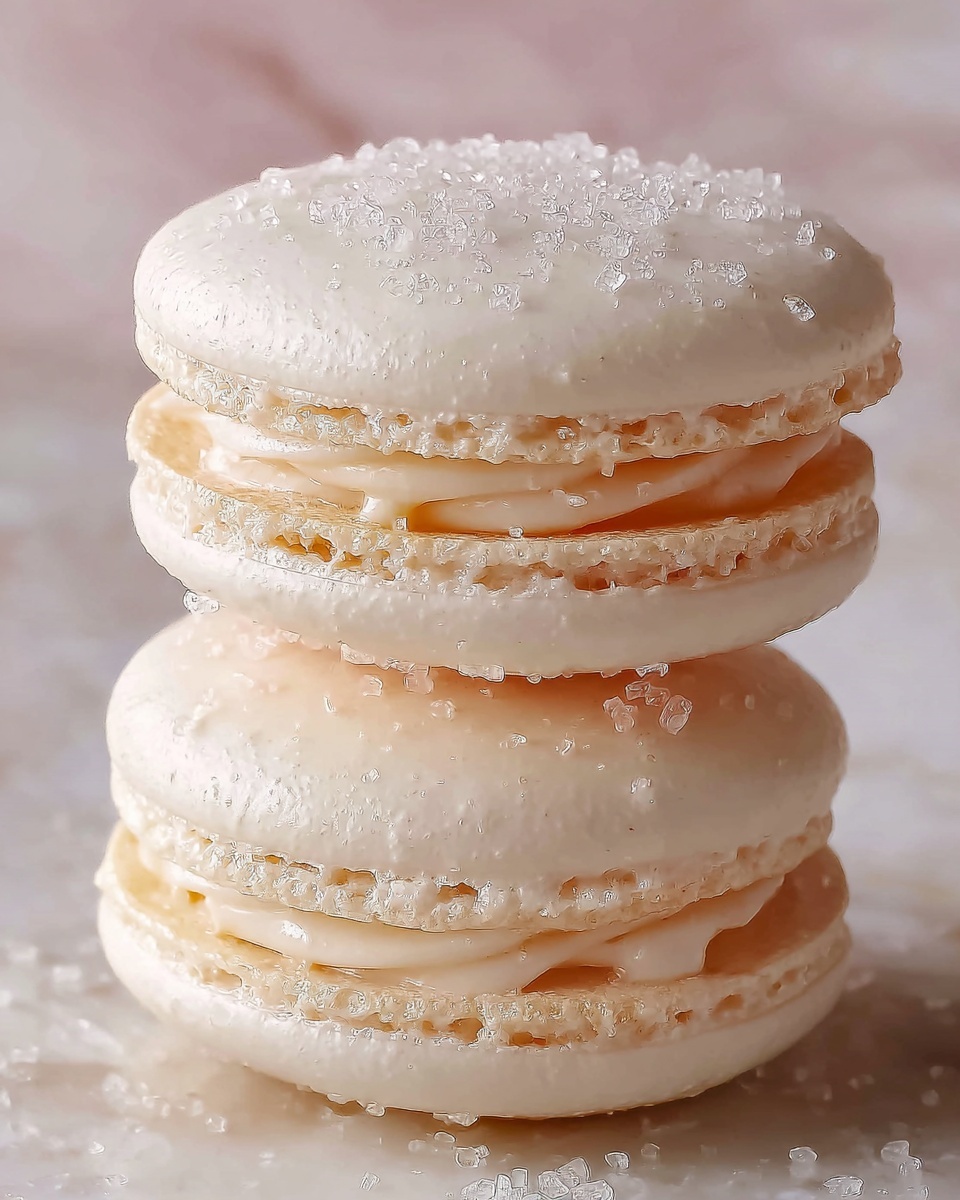
Garnishes
A gentle dusting of edible flowers or a sprinkle of finely chopped pistachios adds an elegant finish to your macarons. Alternatively, a light drizzle of vegan dark chocolate can enhance the visual appeal and flavor. Garnishing is a fantastic way to personalize each macaron and make them stand out at any celebration.
Side Dishes
Vegan macarons pair beautifully with a cup of jasmine tea or a robust black coffee for balance. For a more indulgent spread, serve alongside fresh berries or plant-based whipped cream. Their delicate sweetness is a perfect foil to stronger, more bitter flavors.
Creative Ways to Present
Want to impress your guests? Arrange the macarons in a gradient color pattern or stack them in a macaron tower for a delightful centerpiece. You can also place each one in a decorative paper liner or gift box for an elegant, homemade treat that feels extra special.
Make Ahead and Storage
Storing Leftovers
Keep your Vegan Macarons Recipe fresh by storing them in an airtight container in the refrigerator. They maintain their texture and flavor best this way for up to five days, making them a great make-ahead treat or gift idea.
Freezing
If you want to prepare well ahead of time, you can freeze both the shells and filled macarons separately. Wrap them tightly in plastic wrap and place in an airtight container before freezing. When ready to enjoy, thaw overnight in the refrigerator to bring back their perfect texture.
Reheating
Reheating macarons isn’t typically necessary since they are best served cool or at room temperature. However, if you like them slightly warmed, allow them to come to room temp gently or place them in a warm (not hot) oven for just a few minutes—careful not to dry them out!
FAQs
Can I use homemade aquafaba instead of canned?
Absolutely! You can cook dried chickpeas and use the cooking liquid as aquafaba. Just be sure it has a similar consistency to canned liquid and reduce it accordingly before whipping.
What makes vegan macarons different from traditional macarons?
The key difference is the use of aquafaba instead of egg whites. This makes the recipe suitable for vegans while still preserving the signature macaron texture and structure.
How do I fix cracked macarons?
Cracks often result from insufficient drying time before baking or oven temperature that’s too high. Ensure the shells rest until fully matte and use an oven thermometer to maintain consistent heat.
Can I add food coloring to this Vegan Macarons Recipe?
Yes! Vegan, gel-based food coloring works well to tint your batter without affecting texture. Add it during the meringue whipping stage for even color distribution.
Is it okay to substitute almond flour with another nut flour?
While almond flour is traditional for the texture and flavor it provides, you can experiment with other finely ground nut flours, but results may vary in taste and sturdiness.
Final Thoughts
Creating this Vegan Macarons Recipe is such a rewarding experience—combining the charm of classic French pastry with compassionate, plant-based ingredients. With a bit of patience and care, you’ll have stunning, delicious macarons to share or savor. Give it a try, and I promise you’ll fall in love with these sweet, airy gems as much as I have!
Print
Vegan Macarons Recipe
- Prep Time: 15 minutes (plus overnight refrigeration to chill aquafaba and 20-30 minutes resting time for shells)
- Cook Time: 18 minutes
- Total Time: Overnight + approximately 1 hour 30 minutes including baking and assembly
- Yield: Approximately 20 servings (40 macarons / 20 sandwich pairs)
- Category: Dessert
- Method: Baking
- Cuisine: French
- Diet: Vegan
Description
This Vegan Macarons recipe uses aquafaba, the liquid from chickpeas, as a plant-based alternative to egg whites, creating delicate and airy macaron shells. Perfect for vegans and those seeking an egg-free treat, these macarons are light, sweet, and elegantly crisp on the outside with a chewy center.
Ingredients
Macaron Shells
- Liquid from 2 x 400g cans of chickpeas
- ¼ teaspoon cream of tartar
- 100g caster sugar (superfine sugar)
- 100g ground almonds
- 100g icing sugar
Filling
- 250g icing sugar
- 75g vegan margarine
- 1 teaspoon vanilla extract
- A splash of plant-based milk (to adjust consistency if needed)
Instructions
- Extract and reduce aquafaba: Pour the liquid from the chickpea cans into a medium saucepan. Simmer over medium heat, reducing the liquid by half until approximately 125g remain. This concentrated aquafaba will have the right consistency for whipping.
- Chill aquafaba: Let the reduced aquafaba cool, then refrigerate it in an airtight container overnight to improve whipping properties and stability for the meringue.
- Preheat oven: When ready to bake, preheat your oven to 150°C (300°F) or 130°C (275°F) if using a fan oven, preparing it for the delicate baking process of macarons.
- Whip aquafaba with cream of tartar: Weigh 100g of the chilled aquafaba and place it in a clean bowl with ¼ teaspoon cream of tartar. Whip on high speed until it becomes frothy and pale, which is the foundation for the meringue.
- Add sugar and whip to stiff peaks: Gradually add 100g caster sugar to the whipped aquafaba while continuing to whip until stiff, glossy peaks form, ensuring a stable meringue base.
- Fold in dry ingredients: Sift together the ground almonds and 100g icing sugar into a separate bowl. Carefully fold these dry ingredients into the aquafaba meringue in two additions, mixing gently to avoid deflating the airy structure.
- Pipe macaron rounds: Transfer the batter to a piping bag and pipe 2.5cm (1-inch) rounds onto a parchment-lined baking tray. Ensure even sizing for uniform baking.
- Rest macaron shells: Allow the piped shells to rest for 20-30 minutes at room temperature until their surface becomes matte and a skin forms, which helps prevent cracking during baking.
- Bake the shells: Bake the macarons in the preheated oven for 18 minutes, rotating the tray halfway to ensure even heat distribution. Bake until the shells feel firm to the touch but not browned.
- Prepare filling: While shells cool, beat 75g vegan margarine with 250g icing sugar and 1 teaspoon vanilla extract. Add a splash of plant-based milk as needed to achieve a smooth, spreadable consistency suitable for sandwiching the shells.
- Assemble macarons: Once the shells are completely cooled, pipe or spread the filling onto one shell and sandwich with another. Chill briefly if desired to set the filling before serving.
Notes
- Ensure the mixing bowls and tools are clean and free from grease to help aquafaba whip properly.
- Resting the piped shells to dry a skin is crucial to prevent cracking and achieve the characteristic smooth macaron surface.
- Folding the dry ingredients gently preserves the airiness of the meringue, resulting in light and fluffy macarons.
- Use a kitchen scale for accurate measurements to maintain the delicate balance required in macaron batter.
- For best texture, let assembled macarons rest in the refrigerator for 24 hours before serving, allowing flavors to meld.

